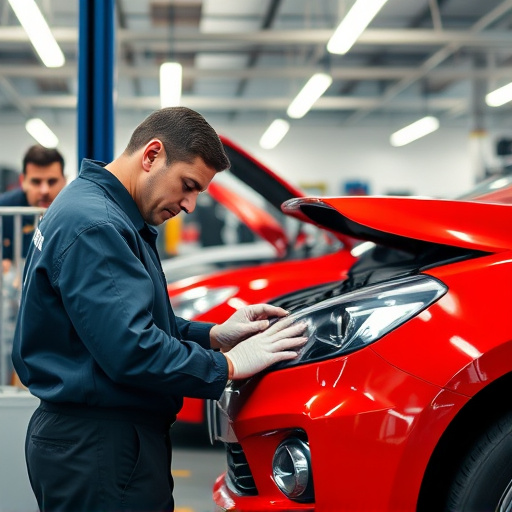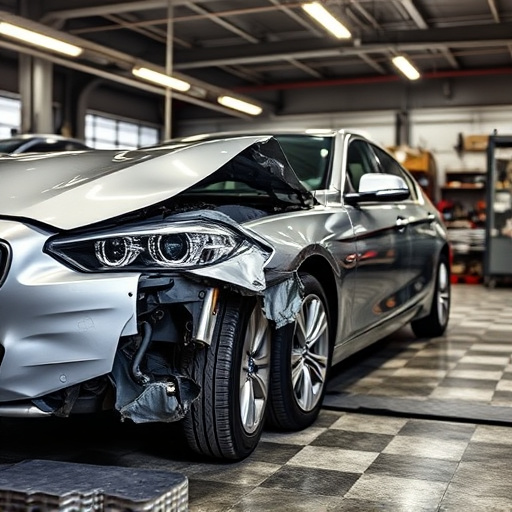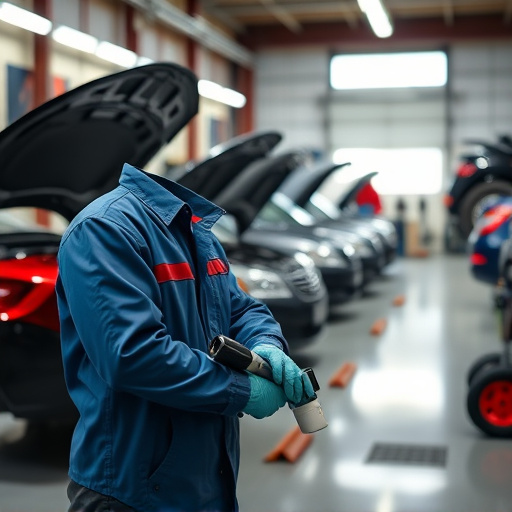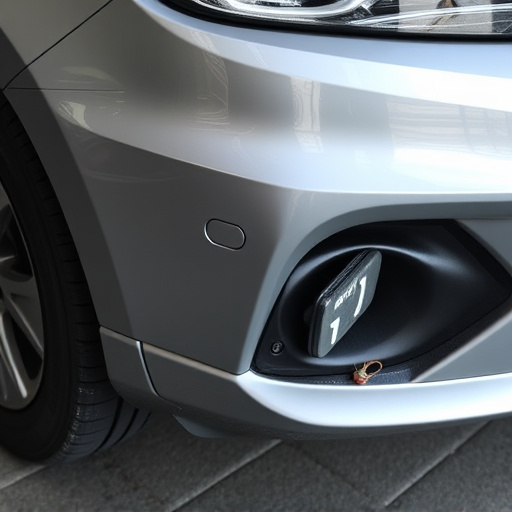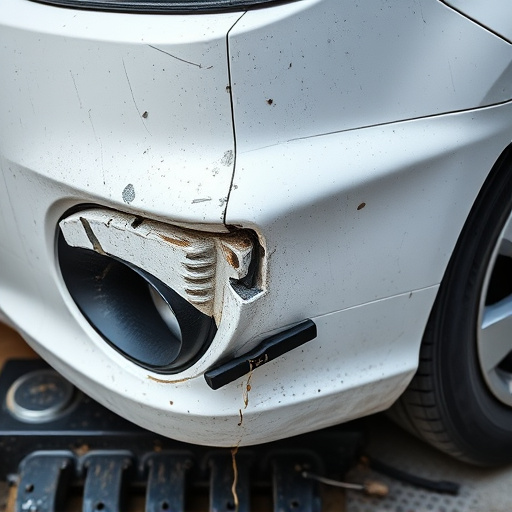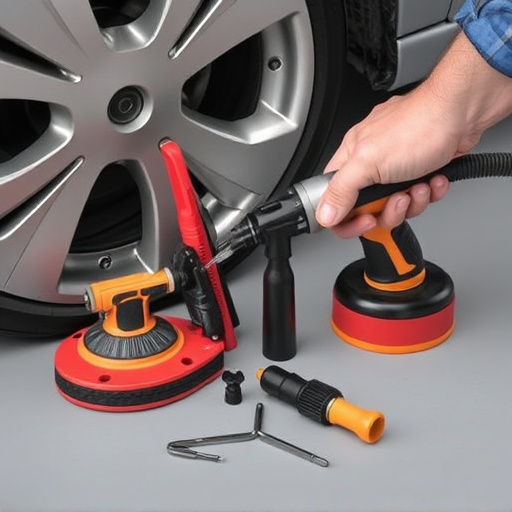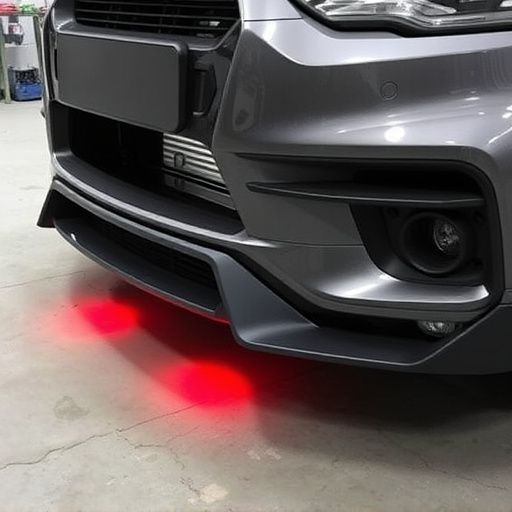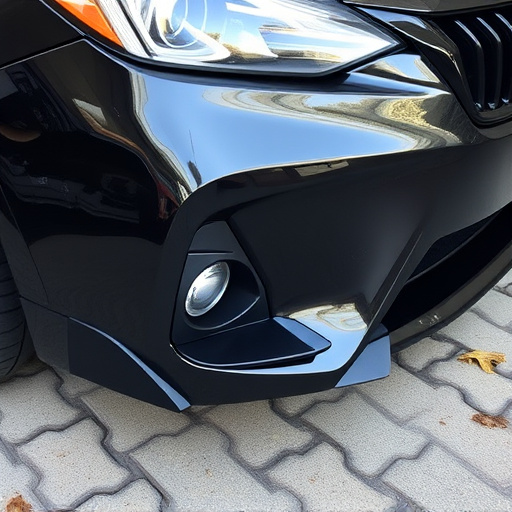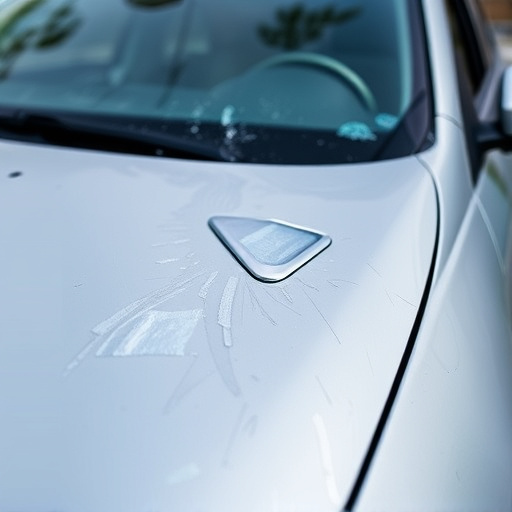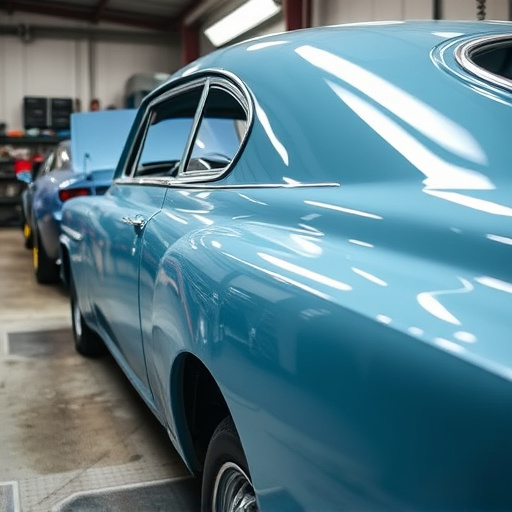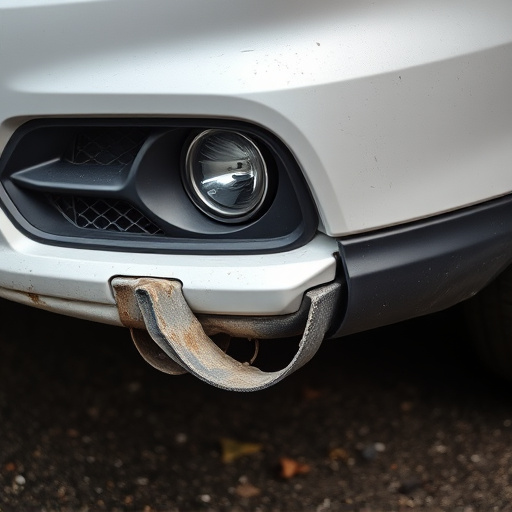In a globalized market, successful customer repair education requires understanding and adapting to diverse cultural interactions. Embracing communication styles, such as indirectness in Asian cultures, improves customer engagement and satisfaction. Trainers should navigate various approaches to ensure inclusive learning experiences, enhancing technician-customer relationships and ultimately elevating service quality for non-native speakers, especially in complex repairs like Mercedes Benz collision repair. Effective communication, tailored instruction, and cultural context integration are key to bridging global gaps in customer repair education.
Cultural differences play a significant role in shaping how customers interact with repair services, impacting the effectiveness of traditional educational methods. As global interactions increase, understanding these shifts is crucial for providing tailored customer repair education. This article explores key areas: deciphering cultural nuances in customer engagement, customizing training to diverse backgrounds, and implementing communication strategies that bridge cultural gaps. By embracing these approaches, businesses can enhance customer satisfaction and build stronger relationships in an increasingly interconnected world.
- Understanding Cultural Shifts in Customer Interactions
- Tailoring Repair Education to Diverse Backgrounds
- Effective Communication Strategies Across Cultures
Understanding Cultural Shifts in Customer Interactions
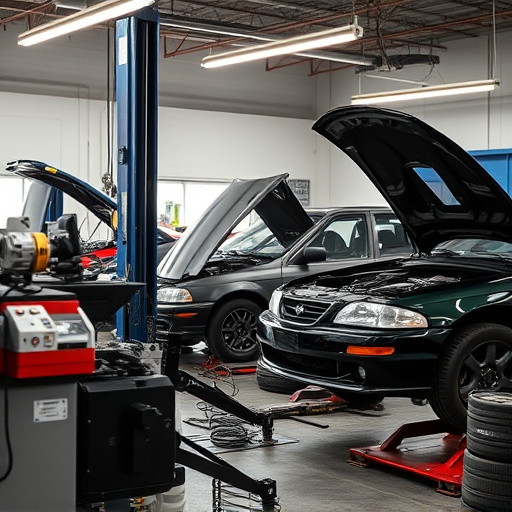
In today’s globalized world, understanding cultural shifts in customer interactions is paramount, especially within the realm of customer repair education. As businesses expand internationally and diverse consumer bases become the norm, recognizing and adapting to cultural differences can significantly enhance service delivery. The way a customer communicates their needs, expresses dissatisfaction, or appreciates a solution varies across cultures, reflecting unique social norms and values. For instance, in some Asian cultures, direct confrontation or criticism may be less acceptable, favoring indirect communication styles when discussing dent repair or car body restoration issues. This cultural sensitivity is crucial for technicians and educators involved in customer repair education, as it fosters better customer engagement and satisfaction.
By embracing these differences, customer repair education programs can transform into more inclusive and effective learning experiences. Trainers should be equipped to navigate the nuances of various communication styles, ensuring that every student from diverse cultural backgrounds feels heard and understood. This approach not only improves technician-customer relationships but also contributes to higher customer retention rates and positive word-of-mouth referrals for fender bender repairs or more complex car body restoration jobs.
Tailoring Repair Education to Diverse Backgrounds

In the realm of customer repair education, recognizing and embracing cultural diversity is paramount. With an increasingly globalized market, understanding the unique backgrounds and perspectives of customers from different ethnicities, languages, and socio-economic groups is essential for providing effective automotive repair services. For instance, when teaching Mercedes Benz collision repair or any complex automotive body shop work, instructors must adapt their teaching methods to accommodate non-native speakers, ensuring clear communication without barriers.
This tailored approach extends beyond language translation. It involves considering cultural nuances in problem-solving techniques and hands-on training. For example, an individual from a community with a strong oral tradition might benefit from collaborative learning activities, while someone from a more hierarchical culture may respond better to structured, step-by-step instructions. By incorporating these considerations into automotive repair education, we foster inclusivity, ensuring that every student receives the best possible instruction regardless of their cultural background, ultimately enhancing the quality of service they can provide in their future careers as automotive repair technicians.
Effective Communication Strategies Across Cultures

Effective communication is a cornerstone when bridging cultural gaps in customer repair education. In a globalized market where diverse communities interact, understanding non-verbal cues and adapting language to different cultural contexts can significantly enhance training outcomes. For instance, a simple hand gesture might have different meanings across cultures, so being mindful of these nuances prevents misunderstandings and fosters a positive learning environment.
When teaching skills like frame straightening or scratch repair in car restoration, instructors must tailor their communication style accordingly. Using clear, concise language and visual aids, such as diagrams or step-by-step videos, can be incredibly beneficial. Additionally, incorporating cultural context into the training materials ensures that students from various backgrounds grasp the concepts more effectively, ultimately leading to improved customer satisfaction during repair services.
Cultural differences play a significant role in shaping how individuals from various backgrounds interact and communicate during customer repair experiences. By recognizing these shifts, tailoring educational approaches, and employing effective communication strategies, we can bridge cultural gaps. This ensures that everyone involved receives quality customer repair education that respects and incorporates diverse perspectives, fostering more inclusive and successful outcomes for all.

